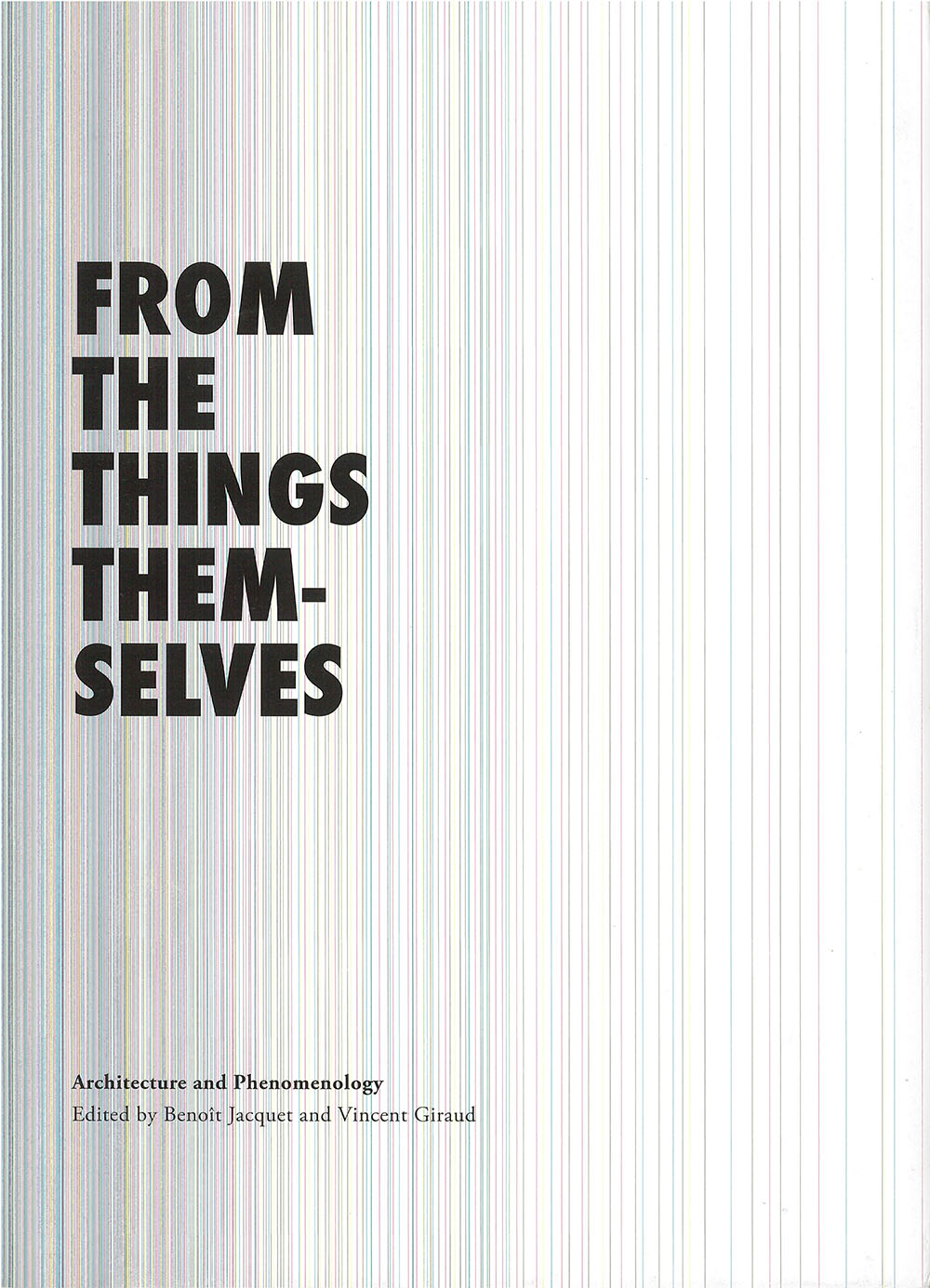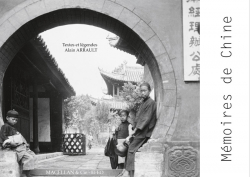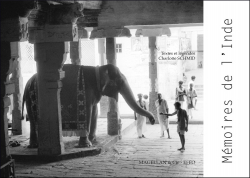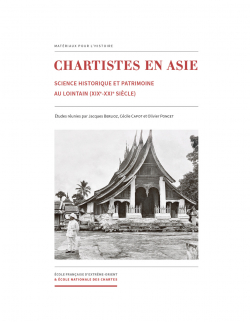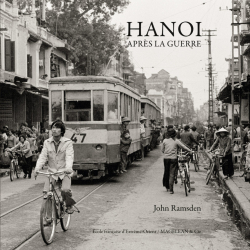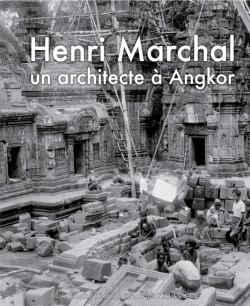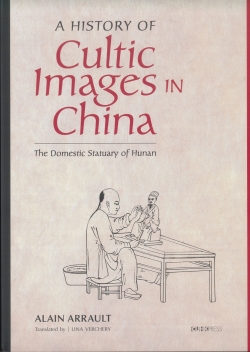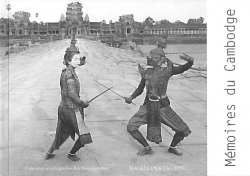Le catalogue des Éditions de l'EFEO, riche d'environ 600 titres, propose des publications portant sur l'Asie, depuis l'Inde jusqu'au Japon, et couvrant un large spectre disciplinaire en sciences humaines et sociales (archéologie, histoire, anthropologie, littératures, philologie, etc.).
Ces publications, si elles s'adressent d'abord à la communauté scientifique, intéressent également un public attiré par les civilisations et sociétés d'Asie.
From the Things Themselves
Architecture and Phenomenology
Collection : Coéditions
Éditeur: Giraud (Vincent)
Édition: EFEO, Kyoto University Press
Année de parution: 2012
Statut : Épuisé
29,00 €
ISBN-13 : 978-2-85539-494-7
Distributeur : Distribution au Japon : Kyoto University Press, Reste du monde : Silkworm Books
Géographie : Japon
Langue : Anglais
Lieu : Kyoto
Support : Papier
Description :
550 p.,14,8 x 21 cm, 115 ill.
Résumé
Conçu et réalisé à Kyoto, ce livre est constitué de 21 textes liant l’architecture à la phénoménologie, et vice-versa. Les philosophies de Husserl, Heidegger et Merleau-Ponty sont revisitées et expérimentées à travers un large champ de réalisations architecturales : à partir du monde virtuel de Second Life, des mondes poétiques et spirituels des temples grecs ou zen, des églises cisterciennes ou baroques, des jardins chinois et japonais, jusqu’à l’œuvre des architectes contemporains. Au philosophe, le livre apporte des analyses précises, reposant sur des cas concrets, et permettant ainsi de tester la valeur opératoire de ses propres concepts. L’architecte y trouvera, lui, une prise en compte de ce qui fait le fond de son travail quotidien, et les outils nécessaires pour repenser sa propre pratique.
Table des matières
Acknowledgement Introduction
Atmospheres
* Hubert L. Dreyfus, Why the Mood in a room and the Mood of a room Should be Important to Architects
* Sylvain De Bleeckere, Aural Architecture and its Phenomenological Roots
* Gilad Ronnen, The Zen Garden of Shōden-ji as a Kōan of Perception
Matters
* Vincent Giraud, Inhabiting Nothingness: Heidegger on Building
* Ross Anderson, The Talismanic Presence of Architecture and Ornament in Heidegger’s Hütte
* Jason Crow, Light, Stone and Flesh: Bernard of Clairvaux and the Wall of the Church
* Phoebe Giannisi, Weather Phenomena and Immortality: The Well-Adjusted Construction in Ancient Greek Poetics
* Joanna Wlaszyn, Architecture and Technology: Questions about Representations
Bodies
* Kakuni Takashi, Now and Here, I am There: The Theory of Body and Space in Merleau-Ponty and Nishida Kitarō
*Rachel McCann, Expressing Embodiment: Architecture Representation as Carnal Echo
* Fernando Quesada, House and Organ: Hugo Häring and Prosthetic Architecture
* Karan August, Thinking Bodies
* Lena Hopsch, Shaped Space–‑Embodied Space: Borromini’s Baroque Architecture
Cultures
* Fujimori Terunobu, Homage to Michelangelo: Tange’s encounter with Heidegger
* Benoît Jacquet and Dermott Walsh, Reduction to Japan-ness? Katsura Villa as a Discursive Phenomenon
*Zhang Yue, Performing Poetry-Music: On Confucian’s Garden Dwelling
* Adam Sharr, Refutation, Revelation and Reconstitution: On Architecture and the Settlement of Memory
* Santiago de Orduña, Building Metaphors: Notes toward a Hermeneutics of Architecture
Unfoldings
* Alberto Pérez-Gómez, The Gift of Architecture and Embodied Consciousness
* Takeyama Kiyoshi Sey, Architecture as a Way of Thinking
* Karsten Harries, Longing for Ithaca: On the Need for a post-Copernican Geocentrism
Note on Japanese and Chinese words
Index Contributors
